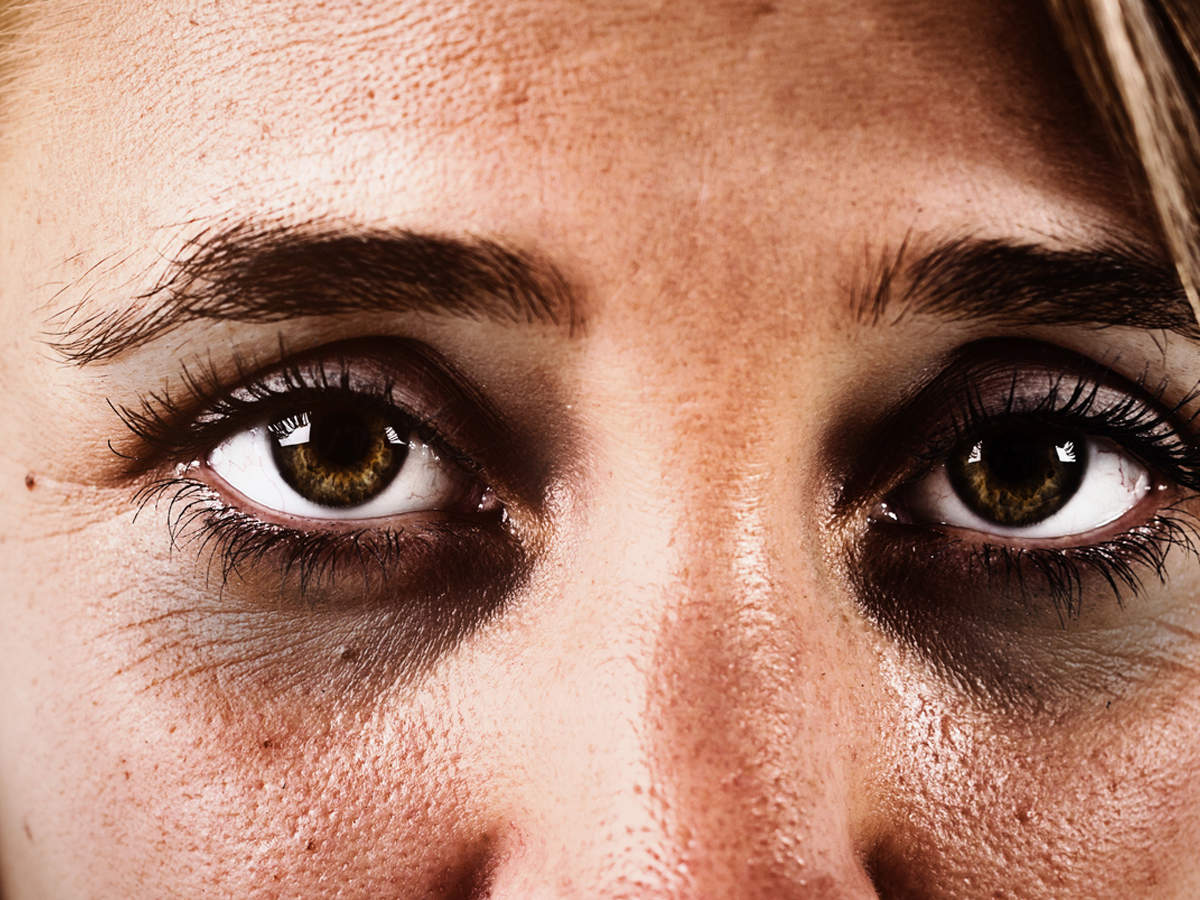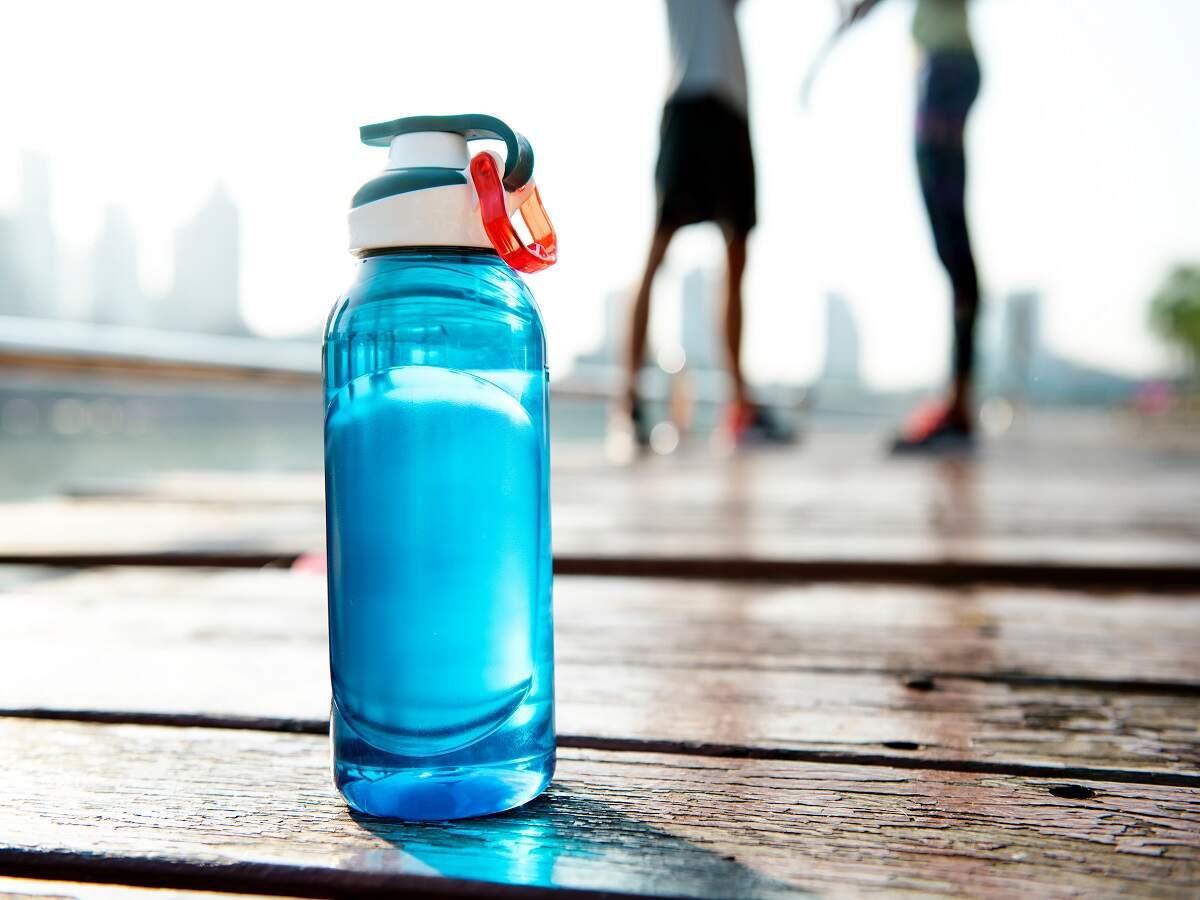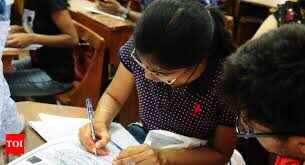
How will you judge the present conditions of our lakes?
We have around 10 major lakes in the city and some of them are not in good shape. The remaining ones are also getting polluted and eutrophic. Recently, one of my students. Niharika Labhsetwar did her dissertation on assessment of water bodies in the city using geospatial technologies. Lakes like Futala, Sakkardara, Naik and Lendi are full of algal bloom and floating plants. This confirms the presence of organic pollution and nutrient loading from the surrounding.
Can the water in lakes be treated before and after immersions to maintain its original quantity?
Water in lakes can be treated using ex-situ and in-situ treatment. To assess the impact, monitoring of lakes should be done before and after immersions.
Should immersions in lakes be stopped all together?
As per the current situation of water bodies in the city, we should not encourage direct immersions in the lake. We need to raise mass awareness and push options of eco-friendly celebrations like saying no to plaster of Paris (PoP) idols, immersions in artificial tanks and in houses etc.
Is banning PoP idols and other artificial material the only solution to save lakes?
I would say these are also the required solutions to save our lakes. Disposal of solid waste, discharge of sewage and agriculture run-off must also be stopped in the lakes.
Would cleaning of lakes throughout the year help?
Regular cleaning may be one of the options but it won’t rejuvenate the lake or its water quality. We need to completely stop disposal of solid waste, construction and demolition waste, discharge of sewage and wastewater, agriculture run-off and, at the same time, provide sustainable treatment technologies to rejuvenate water bodies.
Apart from immersions, what are the other threats our lakes face from scientific point of view?
Apart from immersions, our lakes are shrinking and encroaching by anthropogenic activities, getting eutrophic due to discharge of sewage and agriculture run-off. Lakes are being also used for disposal of solid waste and construction, and demolish (C&D) waste, which are major threats for lake pollution and degradation.
If catchment areas cannot be reclaimed, would it be better to let go rather than waste money on rejuvenation?
For rejuvenation of any lake or water body, a holistic approach is required to assess the catchment area which includes resource mapping, identifying the sources of pollution and sustainable treatment options. Lakes and waterbodies provide ecological and environmental services to the city so it’s our duty to rejuvenate.
To what extent should rejuvenation be tried?
Rejuvenation of the lakes depends on many factors like present status, level of pollution, seasonal variation, utilities of the lake, future development etc. The extent of the rejuvenation requires proper scientific and technical study with sustainable treatment and engineering solutions. It requires integrated approach considering involvement of citizen, NGO, corporation, research and academic institutes.
(Ritesh Vijay is principal scientist and head, CSIR-Neeri, Mumbai Zonal Center)
We have around 10 major lakes in the city and some of them are not in good shape. The remaining ones are also getting polluted and eutrophic. Recently, one of my students. Niharika Labhsetwar did her dissertation on assessment of water bodies in the city using geospatial technologies. Lakes like Futala, Sakkardara, Naik and Lendi are full of algal bloom and floating plants. This confirms the presence of organic pollution and nutrient loading from the surrounding.
Can the water in lakes be treated before and after immersions to maintain its original quantity?
Water in lakes can be treated using ex-situ and in-situ treatment. To assess the impact, monitoring of lakes should be done before and after immersions.
Should immersions in lakes be stopped all together?
As per the current situation of water bodies in the city, we should not encourage direct immersions in the lake. We need to raise mass awareness and push options of eco-friendly celebrations like saying no to plaster of Paris (PoP) idols, immersions in artificial tanks and in houses etc.
Is banning PoP idols and other artificial material the only solution to save lakes?
I would say these are also the required solutions to save our lakes. Disposal of solid waste, discharge of sewage and agriculture run-off must also be stopped in the lakes.
Would cleaning of lakes throughout the year help?
Regular cleaning may be one of the options but it won’t rejuvenate the lake or its water quality. We need to completely stop disposal of solid waste, construction and demolition waste, discharge of sewage and wastewater, agriculture run-off and, at the same time, provide sustainable treatment technologies to rejuvenate water bodies.
Apart from immersions, what are the other threats our lakes face from scientific point of view?
Apart from immersions, our lakes are shrinking and encroaching by anthropogenic activities, getting eutrophic due to discharge of sewage and agriculture run-off. Lakes are being also used for disposal of solid waste and construction, and demolish (C&D) waste, which are major threats for lake pollution and degradation.
If catchment areas cannot be reclaimed, would it be better to let go rather than waste money on rejuvenation?
For rejuvenation of any lake or water body, a holistic approach is required to assess the catchment area which includes resource mapping, identifying the sources of pollution and sustainable treatment options. Lakes and waterbodies provide ecological and environmental services to the city so it’s our duty to rejuvenate.
To what extent should rejuvenation be tried?
Rejuvenation of the lakes depends on many factors like present status, level of pollution, seasonal variation, utilities of the lake, future development etc. The extent of the rejuvenation requires proper scientific and technical study with sustainable treatment and engineering solutions. It requires integrated approach considering involvement of citizen, NGO, corporation, research and academic institutes.
(Ritesh Vijay is principal scientist and head, CSIR-Neeri, Mumbai Zonal Center)
Trending Topics
LATEST VIDEOS
City
 Former CM Siddaramaiah slaps party worker at an event in Karnataka
Former CM Siddaramaiah slaps party worker at an event in Karnataka  Madhya Pradesh: Young tribal woman beaten up, paraded half-naked over inter-caste affair; video goes viral
Madhya Pradesh: Young tribal woman beaten up, paraded half-naked over inter-caste affair; video goes viral  Caught on cam: Youth Congress leader assaults hotel employee in Madhya Pradesh, pushes him inside drain for not giving matchbox
Caught on cam: Youth Congress leader assaults hotel employee in Madhya Pradesh, pushes him inside drain for not giving matchbox  Suspected of theft, boy thrashed, stripped in Delhi bus
Suspected of theft, boy thrashed, stripped in Delhi bus
More from TOI
Navbharat Times
Featured Today in Travel
Quick Links
Lok Sabha Election Schedule 2019Lok Sabha Election NewsDelhi Capitals teamMI team 2019Rajasthan Royals 2019RCB team 2019Maharashtra Lok Sabha ConstituenciesBJP Candidate ListBJP List 2019 TamilnaduShiv Sena List 2019AP BJP List 2019Mamata BanerjeeBJP List 2019 MaharashtraPriyanka GandhiBJP List 2019 KarnatakaAMMK Candidate List 2019BJP List 2019 WBLok Sabha Elections in Tamil NaduBSP List 2019 UPNews in TamilLok Sabha Poll 2019Satta Matka 2018PM ModiMahagathbandhanNagpur BJP Candidate ListChandrababu NaiduTamil Nadu ElectionsUrmila MatondkarNews in TeluguMadras High CourtTejashwi YadavArvind KejriwalTejasvi SuryaPawan KalyanArvind KejriwalYogi AdityanathJaya PradaSatta King 2019Srinagar encounter
Get the app



